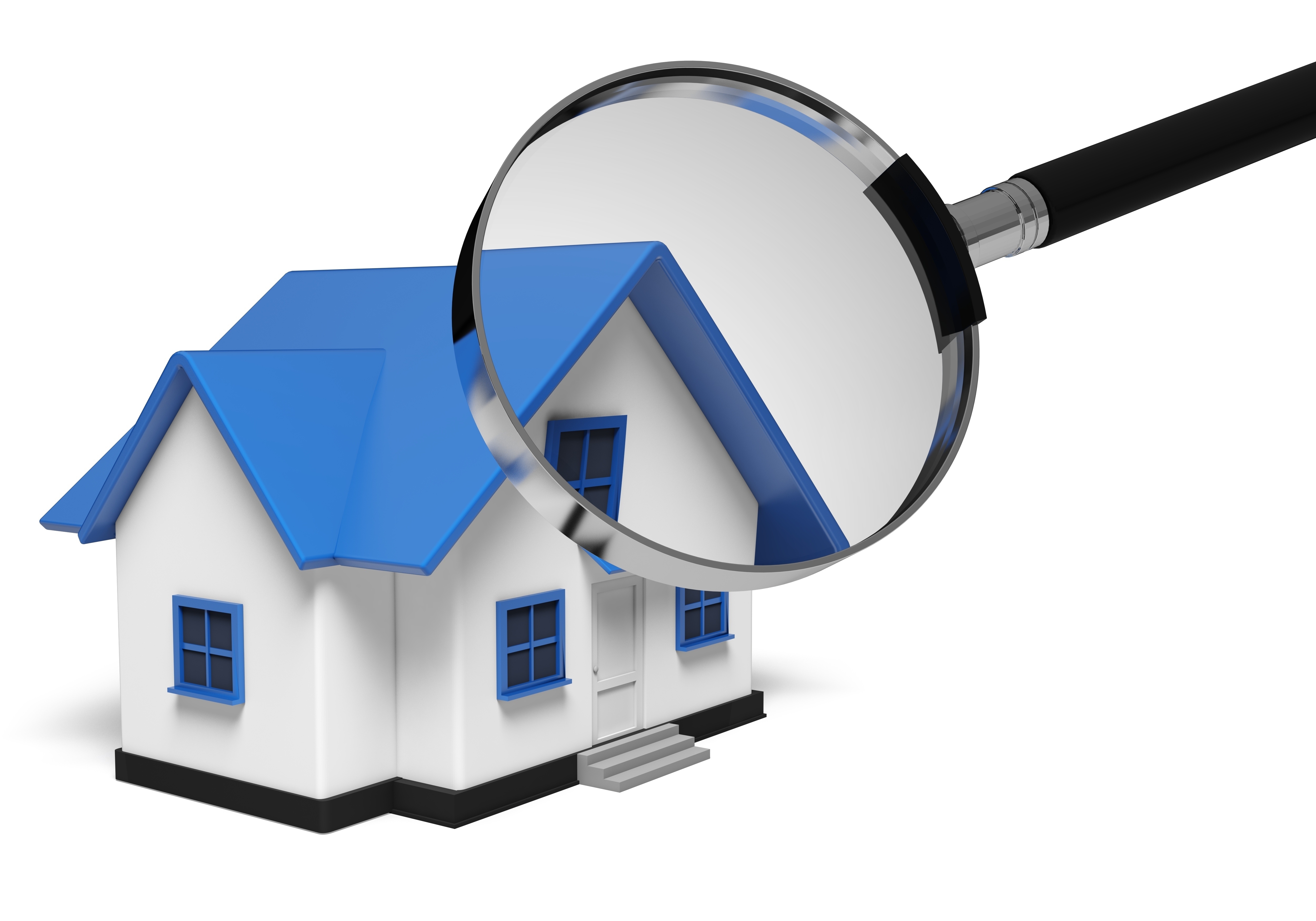
Home Appraisals: A PrimerBuying real estate can be the most serious transaction many of us could ever consider. It doesn't matter if where you raise your family, an additional vacation home or one of many rentals, the purchase of real property is an involved financial transaction that requires multiple people working in concert to pull it all off. It's likely you are familiar with the parties having a role in the transaction. The most known person in the transaction is the real estate agent. Then, the bank provides the financial capital necessary to fund the exchange. And ensuring all aspects of the sale are completed and that the title is clear to pass from the seller to the buyer is the title company. So, who's responsible for making sure the value of the real estate is in line with the amount being paid? In comes the appraiser. We provide an unbiased opinion of what a buyer could expect to pay — or a seller receive — for a property, where both buyer and seller are informed parties. A licensed, certified, professional appraiser from Beethe Appraisal Services will ensure, you as an interested party, are informed. Inspecting the subject propertyTo ascertain the true status of the property, it's our duty to first perform a thorough inspection. We must see aspects of the property first hand, such as the number of bedrooms and bathrooms, the location, living areas, etc, to ensure they really are present and are in the shape a reasonable buyer would expect them to be. The inspection often includes a sketch of the property, ensuring the square footage is proper and conveying the layout of the property. Most importantly, we identify any obvious amenities - or defects - that would affect the value of the property. After the inspection, an appraiser uses two or three approaches to determining the value of the property: paired sales analysis and, in the case of a rental property, an income approach. 
Replacement CostThis is where the appraiser pulls information on local building costs, the cost of labor and other factors to determine how much it would cost to construct a property comparable to the one being appraised. This figure often sets the upper limit on what a property would sell for. It's also the least used method. 
Analyzing Comparable SalesAppraisers can tell you a lot about the neighborhoods in which they appraise. They innately understand the value of certain features to the residents of that area. Then, the appraiser researches recent sales in close proximity to the subject and finds properties which are 'comparable' to the subject in question. By assigning a dollar value to certain items such as square footage, additional bathrooms, hardwood floors, fireplaces or view lots (just to name a few), we add or subtract from each comparable's sales price so that they are more accurately in line with the features of subject.
Once all necessary adjustments have been made, the appraiser reconciles the adjusted sales prices of all the comps and then derives an opinion of what the subject could sell for. At Beethe Appraisal Services, we are an authority in knowing the worth of real estate features in Exeter and Fillmore County neighborhoods. The sales comparison approach to value is typically awarded the most consideration when an appraisal is for a real estate sale. Valuation Using the Income ApproachA third method of valuing real estate is sometimes applied when a neighborhood has a measurable number of renter occupied properties. In this case, the amount of revenue the property generates is factored in with income produced by neighboring properties to derive the current value. The Bottom LineAnalyzing the data from all approaches, the appraiser is then ready to put down an estimated market value for the property at hand. The estimate of value at the bottom of the appraisal report is not always what's being paid for the property even though it is likely the best indication of what a property is worth. Depending on the specific circumstances of the buyer or seller, their level of urgency or a buyer's desire for that exact property, the closing price of a home can always be driven up or down.Regardless, the appraised value is typically employed as a guideline for lenders who don't want to loan a buyer more money than they could get back in the event they had to put the property on the market again. At the end of the day, an appraiser from Beethe Appraisal Services will guarantee you get the most accurate property value, so you can make the most informed real estate decisions. |